1. Fisherman’s Wharf, San Francisco
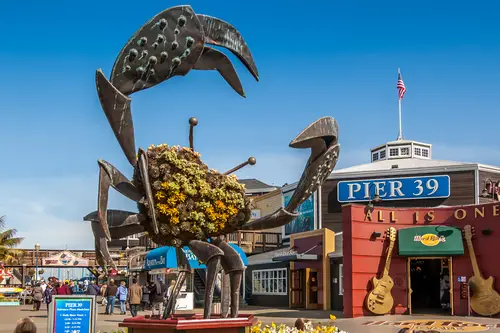
Fisherman’s Wharf draws crowds with its seafood stalls and sea lions, but San Franciscans rarely go there. The food is notoriously overpriced, and many locals say the quality doesn’t match the hype. Even the famous clam chowder bread bowls aren’t considered authentic by Bay Area foodies. For residents, it’s an area built almost entirely for tourists.
The crowds can also make the wharf unbearable during peak season. You’ll spend more time waiting in lines than actually enjoying the view. Locals would much rather recommend exploring neighborhoods like North Beach or the Mission District. Those places serve up the city’s real culture, history, and unbeatable food.
2. Times Square, New York City
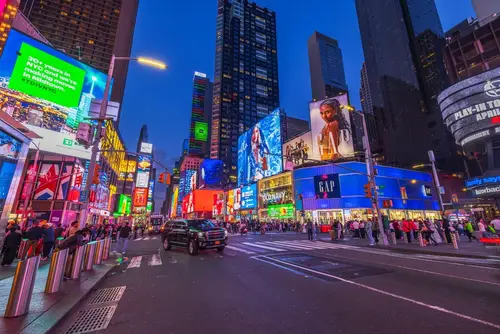
Ask almost any New Yorker what they think of Times Square, and you’ll probably get an eye roll. Locals say it’s nothing more than an overpriced tourist trap packed with chain restaurants and souvenir shops. The flashing billboards may look dazzling the first time you see them, but they lose their charm quickly. Add in the costumed characters demanding tips, and it becomes more stressful than magical.
People also point out that there’s nothing uniquely “New York” about it. You can find the same stores and restaurants in almost any big city. Most New Yorkers will tell you to skip Times Square and head to neighborhoods like the East Village or Brooklyn instead. There, you’ll find the city’s actual personality—without paying $25 for a burger.
3. Hollywood Walk of Fame, Los Angeles
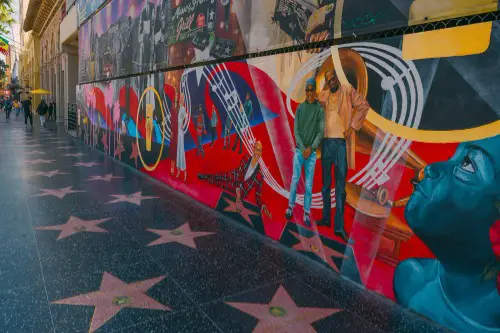
The Hollywood Walk of Fame is hyped as a glamorous stroll through entertainment history, but locals know it’s not that glitzy. It’s basically a crowded sidewalk lined with stars on the ground and surrounded by tacky souvenir shops. Many complain about the area being dirty, noisy, and sometimes unsafe. For a lot of Angelenos, it’s the opposite of “movie magic.”
What’s worse is that the stars themselves aren’t as exclusive as people think. Celebrities or their fan clubs can sponsor the stars with a hefty fee, making it more of a money-making system than a true honor. Los Angeles locals suggest skipping the Walk and catching a movie at the historic TCL Chinese Theatre instead. It’s a more authentic Hollywood experience without the chaos.
4. Navy Pier, Chicago
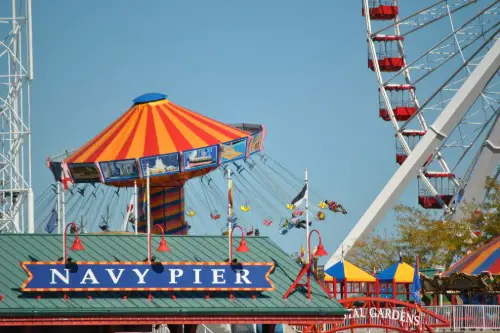
Navy Pier is marketed as a must-see destination in Chicago, but Chicagoans don’t usually spend much time there. It’s filled with chain restaurants, carnival rides, and pricey attractions that don’t reflect the real city. Sure, the view of Lake Michigan is nice, but you can get that from so many other spots. Locals often say it’s basically a giant tourist mall on the water.
The Ferris wheel, one of its biggest draws, costs more than many locals feel it’s worth. Add in the overpriced food and long lines, and it becomes more of a hassle than a highlight. Many recommend the Riverwalk or Millennium Park instead. Those places are free, lively, and way more “Chicago.”
5. Mount Rushmore, South Dakota
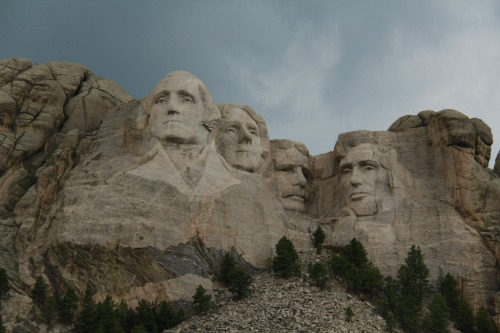
Mount Rushmore is iconic, but locals sometimes call it a letdown. The massive stone faces look impressive in photos, but in person, many say it feels underwhelming. The monument is also surrounded by souvenir stands and overpriced concessions. For South Dakotans, it’s not the most exciting attraction in the Black Hills.
Critics also point out the controversy around its construction on sacred Native American land. That history often gets glossed over in tourist brochures. Locals are more likely to recommend nearby natural wonders like Custer State Park or the Badlands. Those spots offer breathtaking beauty without the tourist gimmicks.
6. Bourbon Street, New Orleans
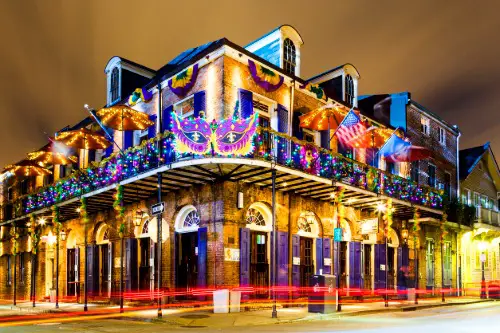
Tourists head to Bourbon Street expecting authentic New Orleans culture, but locals often steer clear of it. It’s lined with neon-lit bars, cheap cocktails, and cover bands playing the same old tunes. For many residents, it’s more of a college party strip than a cultural hotspot. The vibe can feel forced, and the drinks don’t come cheap.
Locals usually recommend exploring Frenchmen Street instead. That’s where you’ll find the true jazz clubs and a more authentic nightlife scene. Even the food options are better, with family-owned restaurants serving up classic Creole dishes. Bourbon Street may be fun for a night, but it’s not the heart of New Orleans.
7. The Alamo, San Antonio
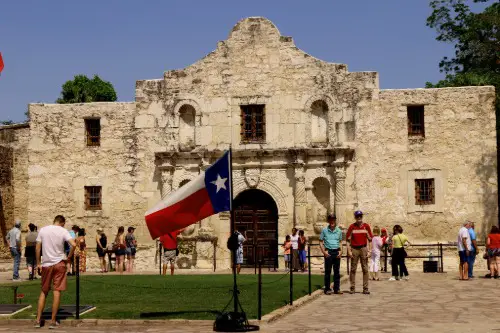
The Alamo is a symbol of Texas history, but many San Antonians will admit it’s not what tourists expect. Visitors often imagine a sprawling fort, but the actual site is surprisingly small. Once you’ve walked through, there’s not much else to do. It’s one of those “see it once” attractions.
On top of that, the downtown area around the Alamo is packed with tourist shops. You’ll find endless “Don’t Mess With Texas” mugs and T-shirts but not much authenticity. Locals often suggest spending more time along the San Antonio River Walk. It’s lively, scenic, and feels like a better use of your time.
8. Niagara Falls, New York Side
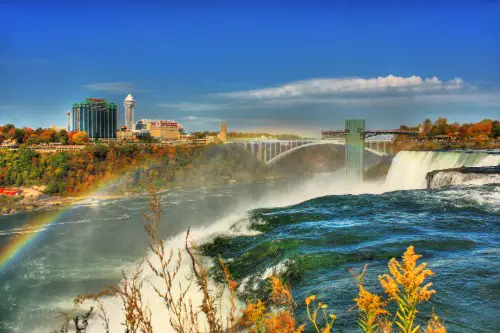
Niagara Falls is undeniably breathtaking, but locals say the New York side often disappoints. The views aren’t nearly as impressive as the Canadian side, and the surrounding area feels neglected. The tourist traps nearby can make the experience feel cheap. Add in high parking fees, and it’s easy to see why locals call it a scam.
For those who can, crossing the border to Canada is the better option. The Canadian side offers panoramic views, better dining, and more to do. Locals in upstate New York often recommend heading to smaller waterfalls in the Finger Lakes region. You’ll get beautiful scenery without the tourist chaos.
9. Disney World, Florida
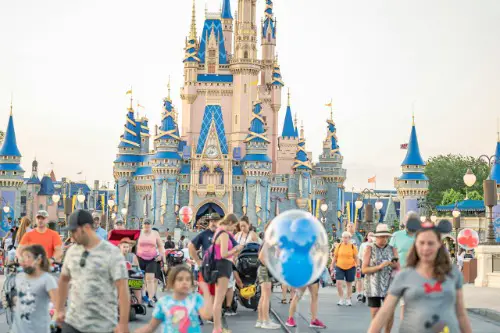
Disney World is often described as the “happiest place on Earth,” but Floridians know it comes at a steep cost. Tickets alone can set you back hundreds, and that’s before food, parking, and souvenirs. The lines for rides can stretch for hours, and the heat makes it even tougher. For many locals, it feels like paying too much for too little.
The magic is real for kids, but adults often feel drained by the end of the day. Floridians tend to skip it and spend time at the state’s natural springs or beaches instead. Those places are cheaper, less crowded, and just as memorable. Disney may have the branding, but it doesn’t have the local seal of approval.
10. Plymouth Rock, Massachusetts
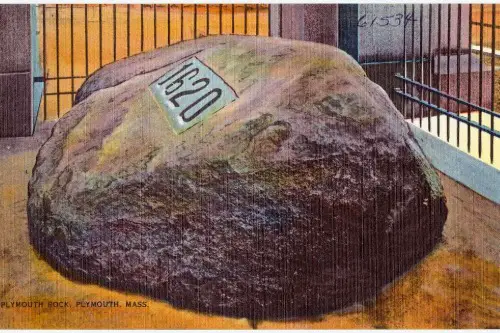
Plymouth Rock is a classic stop for history buffs, but locals admit it’s underwhelming. Tourists expect a huge landmark, but the rock is barely the size of a coffee table. It’s literally just a rock in a small stone enclosure. Many say it’s the definition of anticlimactic.
On top of that, historians debate whether it’s even the actual landing spot of the Pilgrims. The story has been romanticized for centuries, making the rock more symbolic than factual. Locals often suggest visiting the Plimoth Patuxet Museums instead. They offer a much richer look into early colonial and Native American history.
11. Mall of America, Minnesota
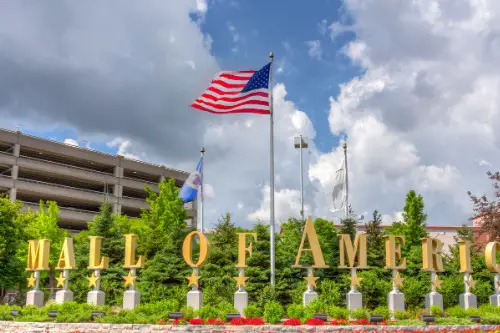
The Mall of America is one of the biggest malls in the world, but Minnesotans don’t usually hype it up. To them, it’s just a massive shopping center filled with the same stores you can find elsewhere. The indoor amusement park may sound cool, but it’s expensive and mostly appeals to kids. For many locals, it’s more hassle than fun.
Parking can be a nightmare, and navigating the endless hallways gets exhausting. Tourists expecting something uniquely Minnesotan often leave disappointed. Locals recommend exploring the state’s lakes and parks instead. That’s where you’ll find the real Minnesota charm.
12. South of the Border, South Carolina
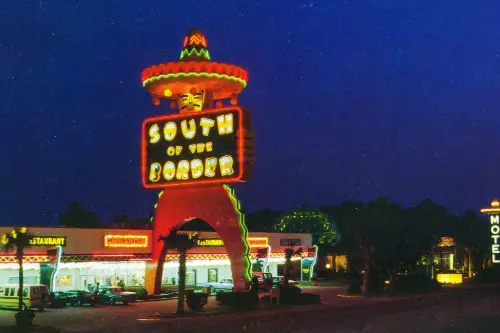
South of the Border is a kitschy roadside attraction that many Carolinians consider a running joke. It’s filled with neon signs, cheap souvenirs, and questionable food options. The giant sombrero tower might catch your eye, but the experience doesn’t live up to the hype. Most people stop just to say they’ve been there.
For locals, it represents the definition of a tourist trap. Everything is overpriced, and the charm wears off within minutes. Instead, South Carolinians often recommend exploring Charleston or the state’s beaches. Those spots offer real history and Southern hospitality.
13. Las Vegas Strip, Nevada
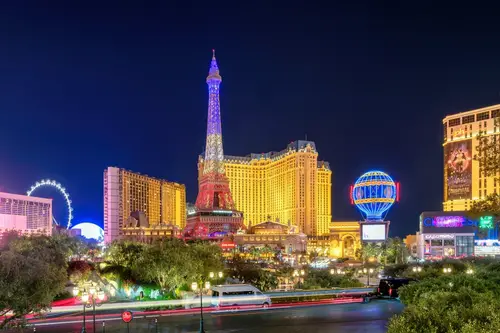
The Las Vegas Strip is world-famous, but locals rarely go there unless they have visitors in town. It’s crowded, expensive, and packed with hidden fees at every turn. Drinks, shows, and even parking come with inflated prices. For Nevadans, it’s not where the real Vegas spirit lives.
Many also complain that the Strip feels more corporate than fun these days. If you want authentic Las Vegas, locals suggest checking out downtown’s Fremont Street or off-Strip casinos. The vibe is more laid-back, and the prices are friendlier. The Strip may look flashy, but it doesn’t show you the city’s true side.
14. Seattle’s Space Needle, Washington
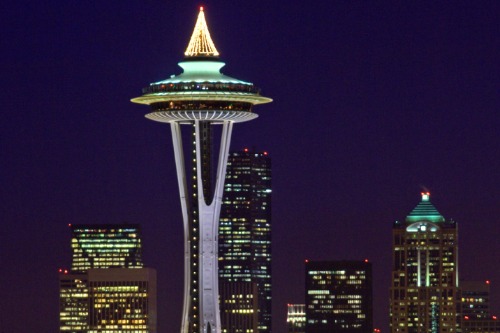
The Space Needle is an iconic part of Seattle’s skyline, but locals often see it as overrated. Tickets to ride up the tower are expensive, and the view isn’t much different from other free spots. On cloudy days, you might not see much at all. For many Seattleites, it’s not worth the hype.
Locals suggest visiting Kerry Park or Gas Works Park instead. Both spots offer sweeping views of the city and Mount Rainier without the ticket price. Plus, you get to experience Seattle in a more relaxed way. The Space Needle might be photogenic, but it’s not the go-to choice for residents.
15. Graceland, Tennessee

Graceland attracts Elvis fans from all over the world, but many Memphis locals think it’s overpriced. Ticket packages can cost well over $70 per person, which adds up fast for families. The house itself feels smaller than expected, and some exhibits lean heavily on merchandising. For locals, it’s not the best representation of Memphis culture.
People in Memphis often recommend Beale Street or the Stax Museum instead. Those places celebrate the city’s deep musical history without the steep price tag. They also offer more variety than just one performer’s legacy. Graceland may have the fame, but it doesn’t have the locals’ love.
16. Liberty Bell, Philadelphia
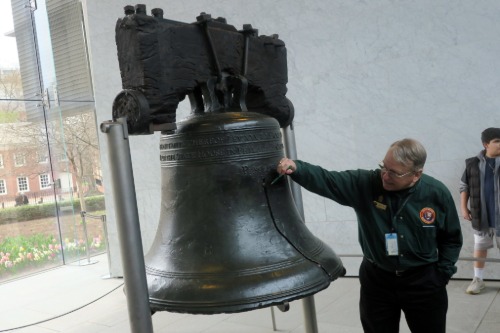
The Liberty Bell is a powerful symbol of American freedom, but locals admit it’s not much to look at. It’s basically a cracked bell in a glass enclosure. You’ll wait in long lines just to snap a photo of it. For Philadelphians, it feels like a letdown compared to the city’s other historic sites.
What makes it worse is that the bell’s actual role in history isn’t as grand as people assume. It never rang on the day the Declaration of Independence was signed, despite the myths. Locals usually recommend Independence Hall instead, where real history took place. That way, you walk away with a more meaningful experience.
This post 16 Tourist Spots in the U.S. That Locals Call a Scam Behind Closed Doors was first published on American Charm.


